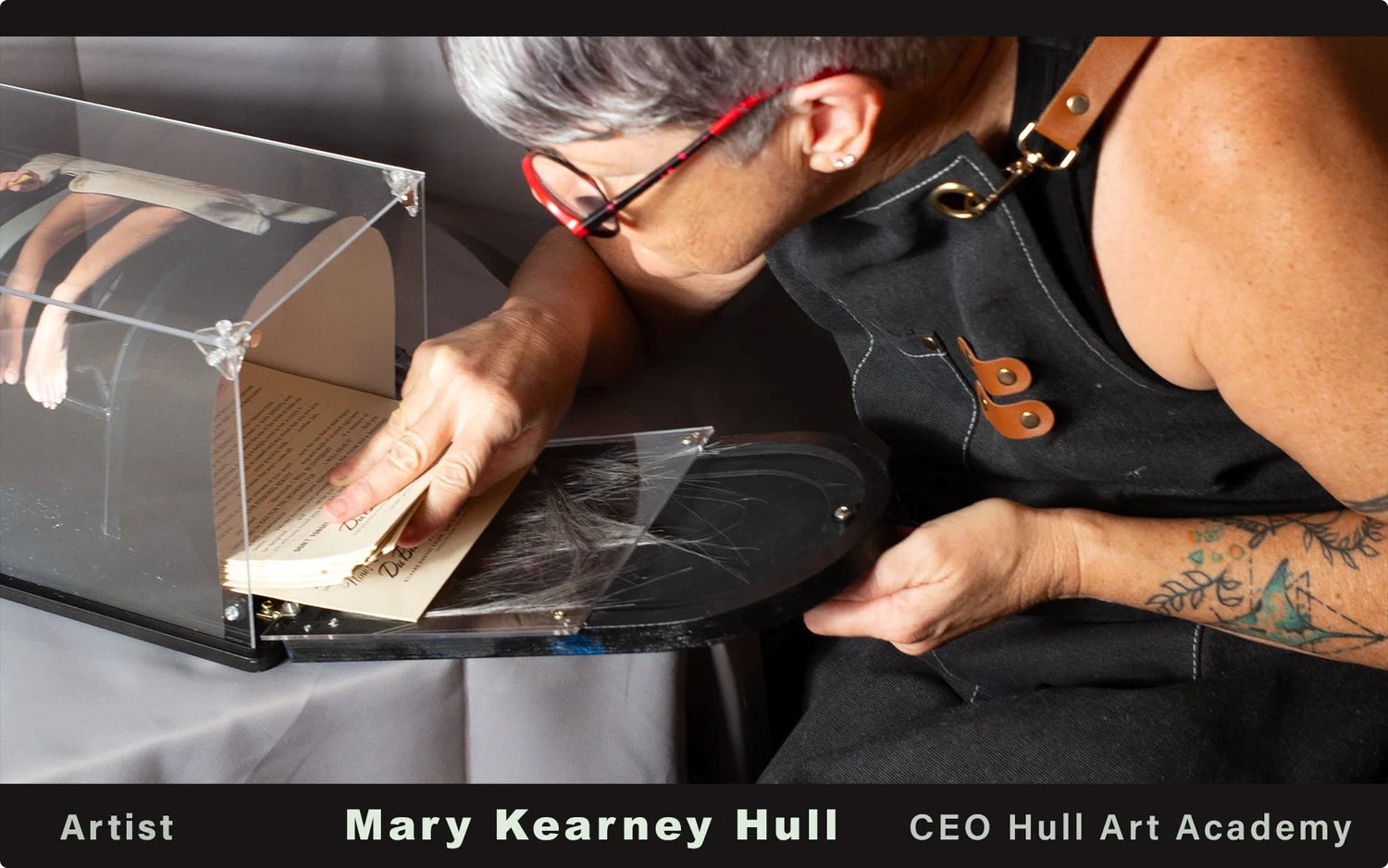Artist Statement
Girlhood overly sexualized, the transformative processes of the adult form and stereotyping and judging each other are three pivotal themes in Mary Kearney Hull’s work. Hull renders the human form in both psychosocial and physiological artistic explorations. Her drawings and paintings explore traditional and nontraditional themes of cultural and political identity in both herself and people she encounters in her daily life. Her female subjects are depicted through a “female (yet adolescent) gaze” where the viewer is welcomed in this very personal space. Often met with an ambiguous uncertainty, we are questioning these narratives while relating them to cultural pasts within ourselves and our worlds histories.
In the past, Hull began her journey by exploring sculptural and performative works while using her body as an expressive vehicle in public spaces. A former art student from The School of the Art Institute of Chicago, she was interested in how women might have been seen from the gaze of others in her community. These works of art were often temporary or very site specific.
Recently she has been questioning how all of us are viewed and how our cultural and gender expectations have developed into an altered perspective of the person or people we have become. Hull feels that identity is elusive and ever changing in a physical and yet also physiological realm. The female form is a battleground of over sexualization that makes young women struggle with personal identity and boundaries while the male form is struggling to find himself in the ever changing culture.
Over time bodies change and adapt with in our cultural surroundings. As we look at Hull’s work we begin to question these cultural stigmas and agendas that people still face while also begging the question of “what lead up to these perceptions we have of each other and how does one change from viewing people through stereotypes and isms to discovering who the person is by listening to and getting to know them over time?” Once we process these tremendously private experiences we can latter understand their indifferences.

